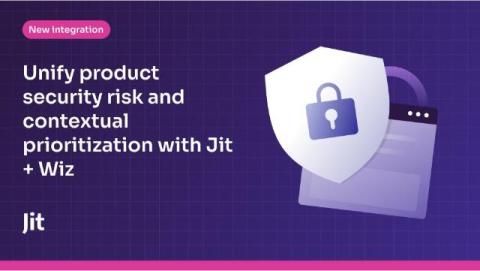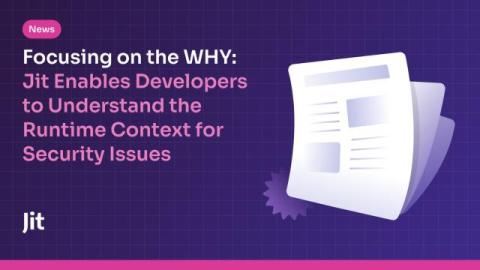8 Best Practices When Using AWS Security Groups
Are you concerned about the security of your AWS environment? With over 73% of businesses having at least one critical security misconfiguration, it's essential to take proactive measures to protect your data and applications. While AWS is responsible for the security of the underlying infrastructure, you are responsible for securing your data and applications in the cloud.











